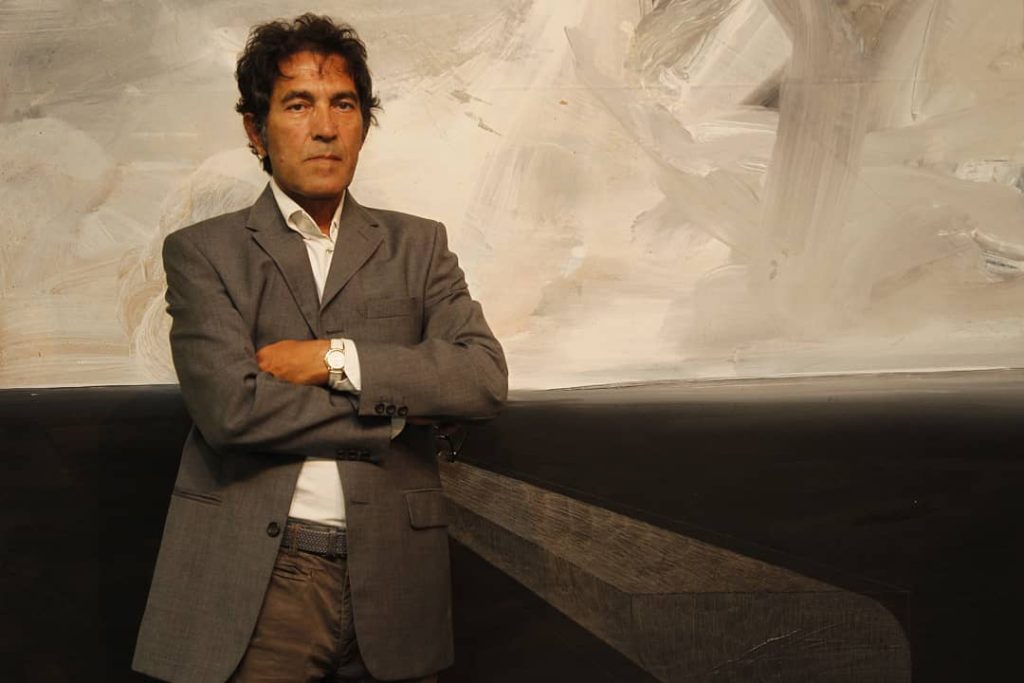
Some artists seem to excel at impressing the world with artwork that can only be called unusual at best. First, there was Maurizio Cattelan's Comedian, a series of three sculptures — each comprising a single banana affixed to a wall with duct tape — that sold for $120,000 apiece in 2019. Now, contemporary Italian artist Salvatore Garau has managed to sell an immaterial, or imaginary, masterpiece to an anonymous buyer for an astonishing 15,000 euros (about $18,000)!
The price even stunned the auctioneers at Art-Rite, who had estimated "lo Sono" (Italian for "I am") to fetch between 6,000 and 9,000 euros at the auction held on May 29, 2021. The imaginary sculpture came with a certificate of authenticity signed and stamped by the artist. Given that there is nothing to see, Garau did not provide lighting instructions to showcase the artwork. He did, however, instruct the buyer to install the sculpture in a five-by-five-foot space that was free of obstruction.
"lo Sono" is not Garau’s first non-existent art creation. In February 2021, the artist presented an invisible piece entitled "Buddha in Contemplation" at the Piazza Della Scala in Milan. The only indication of the sculpture's existence was a square traced in chalk to mark its precise installation spot.
“It is a work that asks you to activate the power of the imagination, a power that anyone has, even those who don’t believe they have it,” Garau said at the unveiling. "Now it exists and will remain in this space forever. You do not see it, but it exists. It is made of air and spirit."
On June 1, 2021, the artist made his US debut with another imaginary masterpiece called "Aphrodite Crying." Despite its prime location in front of the New York City Stock Exchange, the sculpture — evidenced by an empty white chalk circle — is missed by most passersby.
While the immaterial sculptures have most people scratching their heads, the 67-year-old artist believes he is starting a “new, small, authentic revolution." He argues that his art is not just "nothing," but a vacuum.
Garau explains, "The vacuum is nothing more than a space full of energy, and even if we empty it and there is nothing left, according to the Heisenberg uncertainty principle, that nothing has a weight. Therefore, it has energy that is condensed and transformed into particles, that is, into us.”
Resources: papermag.com, artnet.com
